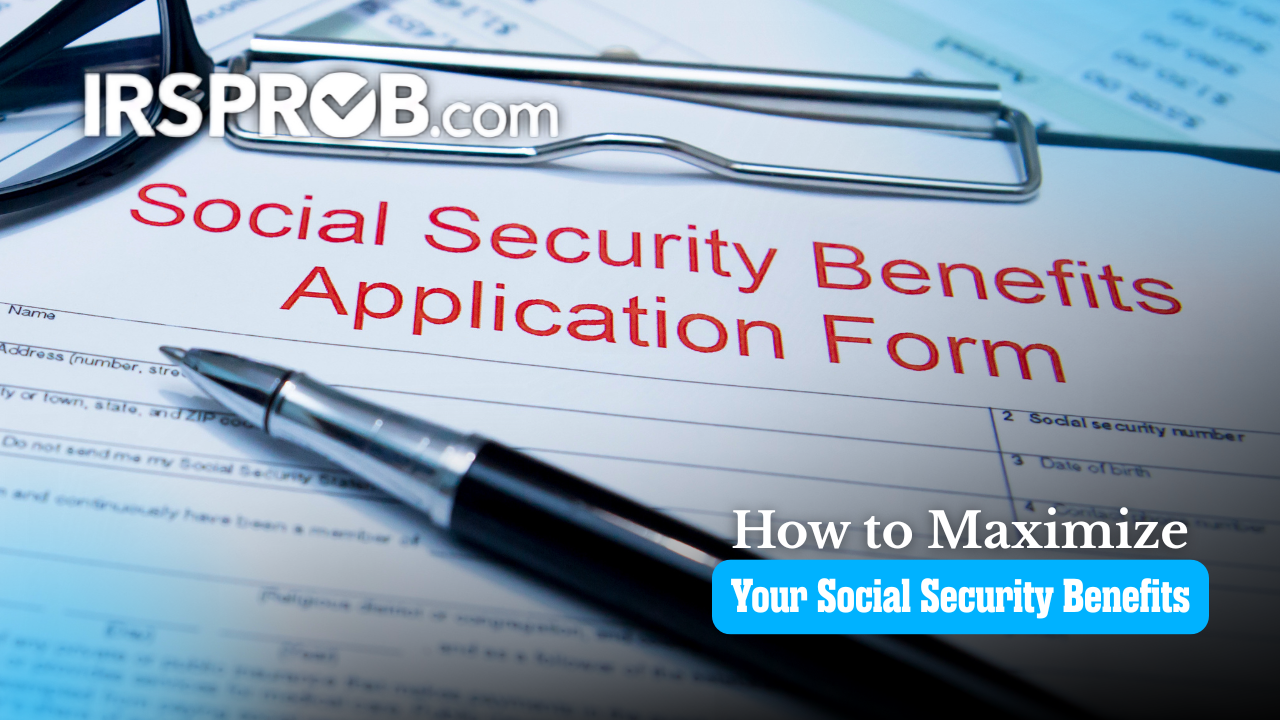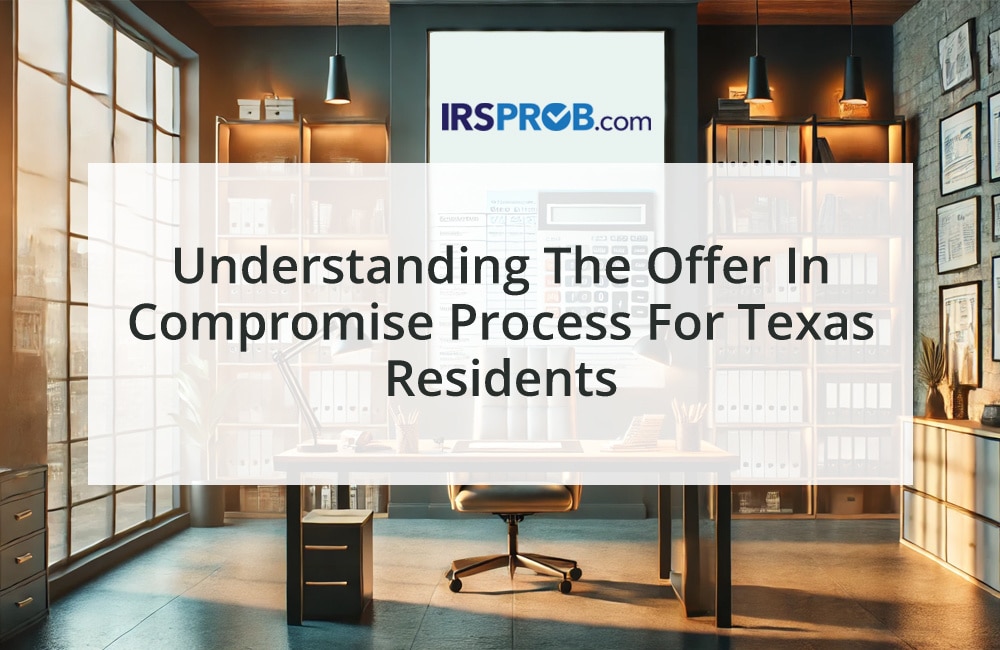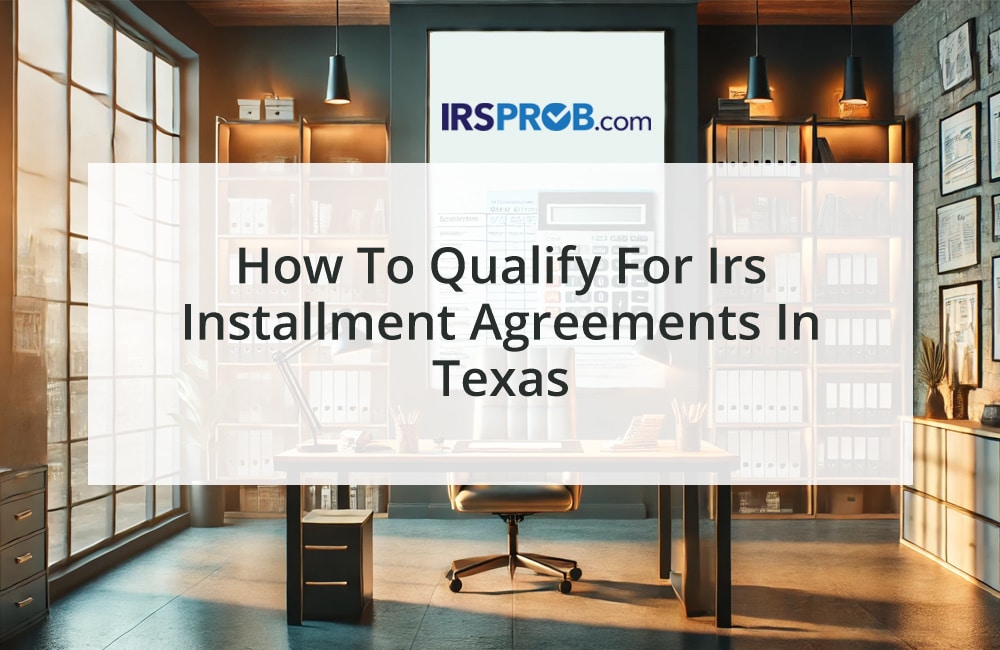[vc_row][vc_column][vc_column_text]
- What is our government doing? Congress passed & President Trump signed the Coronavirus Relief Act, which provides protection for employees impacted by COVID-19 by requiring employers to pay family medical leave and sick leave for certain periods and up to certain amounts. The bill helps fund these additional payments by offering employers a tax credit against payroll taxes.
- The loopholes: There is an existing law with relief right now. Section 139 — added to the Code after the September 11th attacks of 2001 — allows employers to make “qualified disaster relief payments” to employees to assist the employees in managing the COVID-19 crisis. The payments are tax-free to the employees, but fully deductible to the employer.
- Section 139 provides that in a federal disaster, an employer can make a tax-free payment to an employee. In addition to contemplating the type of terrorist attack for which it was originally designed, Section 139 also applies to any “federally declared disaster” as defined in Section 165(i)(5)(A). Section 165, in turn, defines such a disaster as any disaster determined by the President to warrant assistance by the Federal Government under the Disaster Relief and Emergency Assistance
- Starting immediately, employers may provide tax-free payments to employees — while still claiming a full deduction for the payments — provided the payment is to reimburse or pay the employee for “reasonable and necessary personal, family, living, or funeral expenses” incurred as a result of COVID-19.
- Payments are NOT covered by Section 139 if they compensate employees for expenses that are otherwise compensated for by insurance or that are intended to replace lost income. Thus, payments of sick pay or family medical leave remain fully taxable to the employee.
- The following payments from employer to employee should be treated as deductible to the employer and tax-free to the employee, provided the expenses relate to the COVID-19 pandemic:
- Medical expenses of the employee that are not compensated for by insurance (for example, the employee’s deductible and out-of- pocket expenses)
- The cost of over-the-counter medications and hand sanitizer.
- 3. Funeral costs of an employee or a member of an employee’s family.
- 4. The costs associated with enabling an employee to work from home, including the cost of a computer, cell phone, printer, supplies and even increased utility costs of the employee.
- The cost of an employee’s childcare or tutoring for family members that are not permitted to attend school throughout the pandemic. Section 139 does not require that employees achieve a certain period of service before being eligible to receive tax-free payments under the provision, nor is any formal plan or documentation required to be maintained by the employer. For example, the IRS recognized that given the “extraordinary circumstances surrounding a qualified disaster, it is anticipated that individuals will not be required to account for actual expenses in order to qualify the Section 139 exclusion, provided that the amount of the payments can be reasonably expected to be commensurate with the expenses incurred.” Despite the informality permitted by the IRS, it would be wise for employers to document their intention to make payments covered by Section 139, as well as the following:
- The amounts paid and to whom.
- The start and end date of any Section 139 “program;”
- A general listing of the expenses paid or reimbursed on behalf of the employees.
- Any maximum amount per-employee or aggregate that the employer will pay.
[/vc_column_text][us_image image=”1357″][/vc_column][/vc_row]








